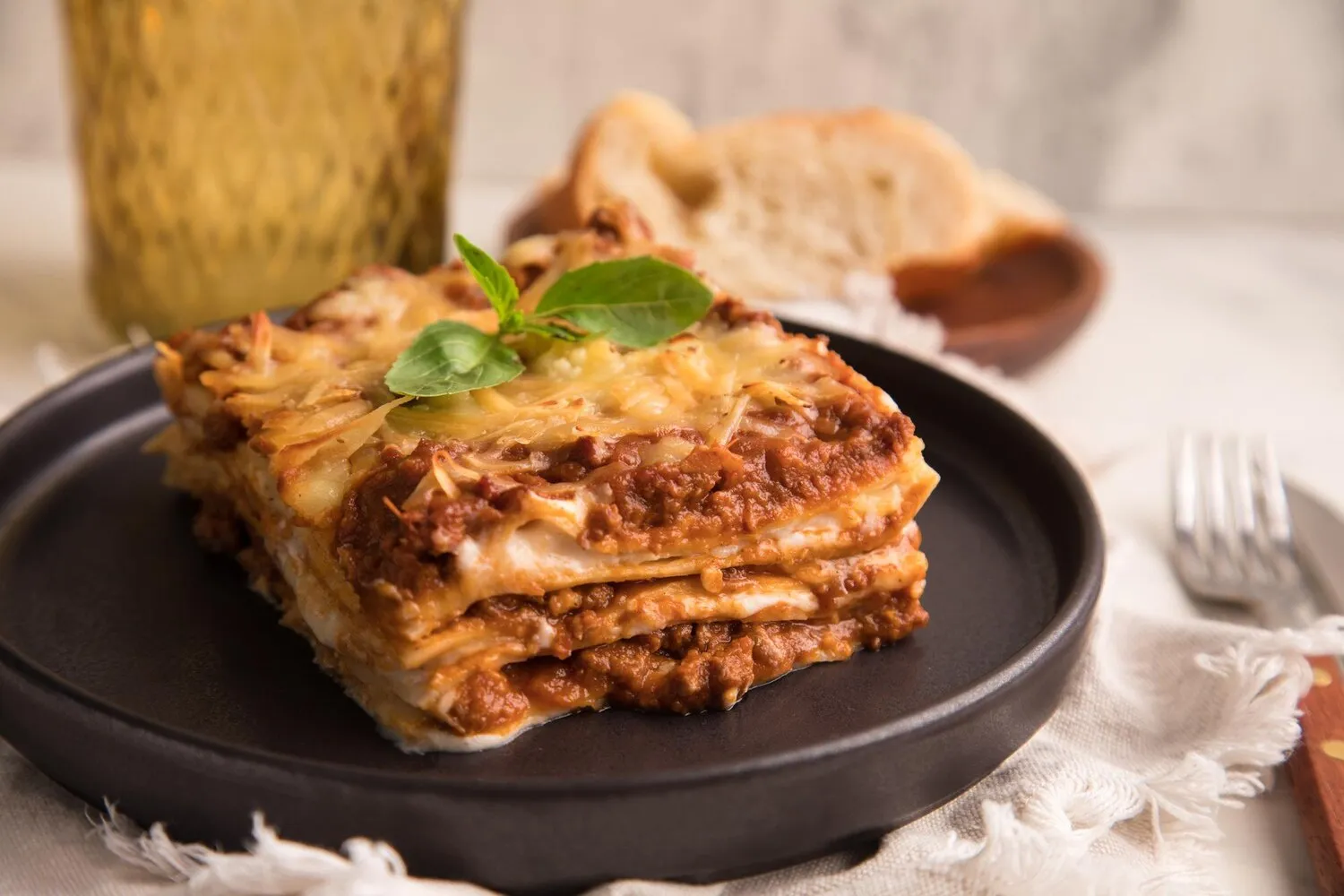
Risotto
Various Risotto preparations. A characteristic dish.
Nutrition Facts
* The % Daily Value (DV) tells you how much a nutrient in a serving of food contributes to a daily diet. 2,000 calories a day is used for general nutrition advice.
Risotto's origins can be traced back to the Arab influence on Sicilian cuisine, which introduced rice cultivation to Italy. It is believed that the dish as we know it today evolved in the Lombardy region, particularly Milan, during the Middle Ages. The addition of saffron, a defining characteristic of Risotto alla Milanese, is thought to have been a serendipitous occurrence during the construction of the Milan Cathedral.
Risotto is more than just a dish; it is a symbol of Italian culinary skill and regional pride. It represents patience, attention to detail, and the importance of fresh, high-quality ingredients. It is often served as a 'primo piatto' (first course) in formal meals or as a special occasion dish.
Regional Variations
Risotto varies significantly from region to region in Italy, reflecting local ingredients and culinary traditions. Each region boasts its unique take on the dish, emphasizing local flavors.
A Symbol of Hospitality
Preparing risotto is often seen as an act of love and hospitality, as it requires constant attention and cannot be rushed. Sharing a well-made risotto is a sign of warmth and generosity.
Slow Food Movement
Risotto aligns perfectly with the principles of the Slow Food movement, which emphasizes the use of local, seasonal ingredients and traditional cooking methods. Its preparation encourages mindful eating and appreciation for the process.
Risotto's flavor profile is characterized by creamy richness, savory depth, and the subtle sweetness of the rice. The specific flavors vary significantly based on the added ingredients.
The base flavor comes from the Arborio, Carnaroli, or Vialone Nano rice, which releases starch during cooking, creating the signature creamy texture. Broth, typically chicken, vegetable, or beef, infuses the rice with savory umami. Butter and Parmesan cheese add richness and depth. Wine contributes acidity and aromatic complexity. Beyond the base, ingredients like saffron (Risotto alla Milanese), mushrooms (Risotto ai Funghi), seafood (Risotto ai Frutti di Mare), vegetables, or meats can significantly alter the flavor profile.
Use the Right Rice
Arborio, Carnaroli, or Vialone Nano are the best rice varieties for risotto due to their high starch content, which contributes to the creamy texture.
Toast the Rice
Toasting the rice in butter or olive oil before adding the broth helps to develop its flavor and create a slightly nutty aroma. It also helps the rice absorb the broth more evenly.
Warm Broth is Key
Always use warm broth when making risotto. Cold broth will lower the temperature of the rice and slow down the cooking process, resulting in uneven cooking.
Stirring is Essential
Stirring the risotto frequently releases the starch from the rice, creating the creamy texture. Stir gently but constantly, especially during the final stages of cooking.
Add Broth Gradually
Add the broth one ladle at a time, allowing the rice to absorb it before adding more. This ensures that the rice cooks evenly and develops the desired creaminess.
Al Dente Texture
The rice should be cooked al dente, meaning it should be firm to the bite and slightly resistant in the center. Avoid overcooking the rice, as this will result in a mushy texture.
Mantecare - The Final Touch
"Mantecare" refers to the final step of stirring in butter and Parmesan cheese to create a creamy, emulsified sauce. This is essential for achieving the perfect risotto texture.
Explore additional Italian dishes and restaurants
Explore ItalianDiscover top dining spots and culinary experiences in Macaé.
Explore MacaéLearn more about the food culture, restaurant scene, and culinary heritage of Brazil.
Explore Brazil